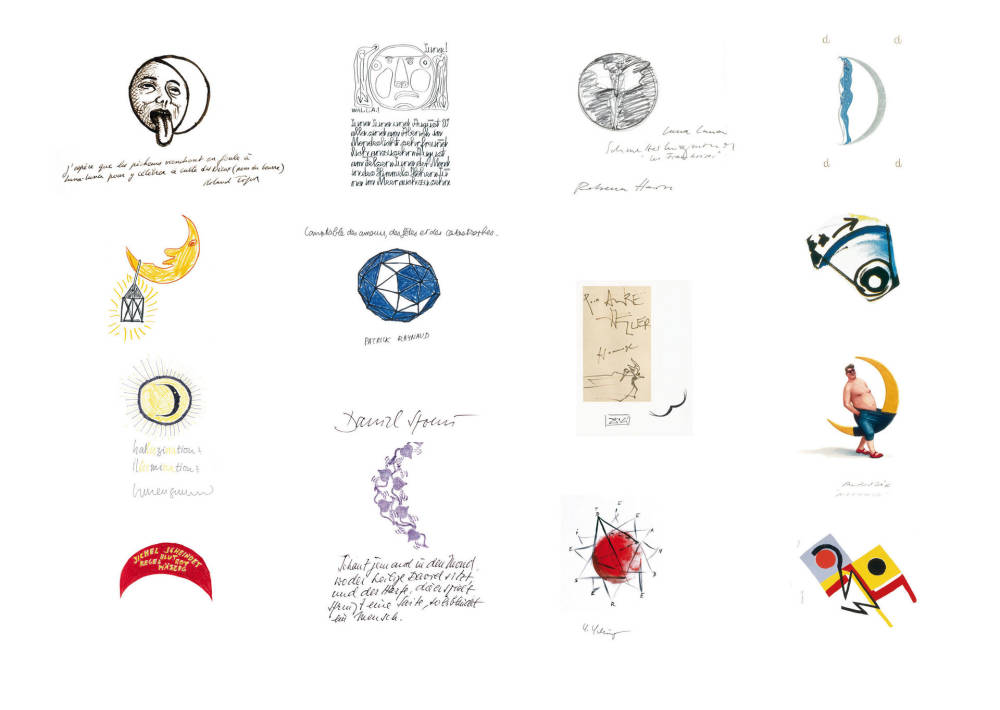
Once upon a time there lived an Austrian artist named André Heller. Born in Vienna in 1947, Heller had a taste for the extraordinary – avoiding the mundane and banal, in exchange for the remarkable and astonishing. Heller had an artistic vision that impacted the global landscape of contemporary art throughout the latter half of the twentieth century.
André Heller, often referred to by critics as one of the most successful multimedia artists in the world, has produced works of astounding proportion and unparalleled creativity, ranging from chambers of wonder and large-scale flying sculptures, to pyrotechnic spectaculars and larger-than-life theatrical productions. While Heller’s personal work has afforded him innumerable accolades, his most distinguished endeavor, a masterpiece by any standards, was the avant-garde, art amusement park known as ‘Luna Luna,’ which he orchestrated in Germany in the late 1980s.
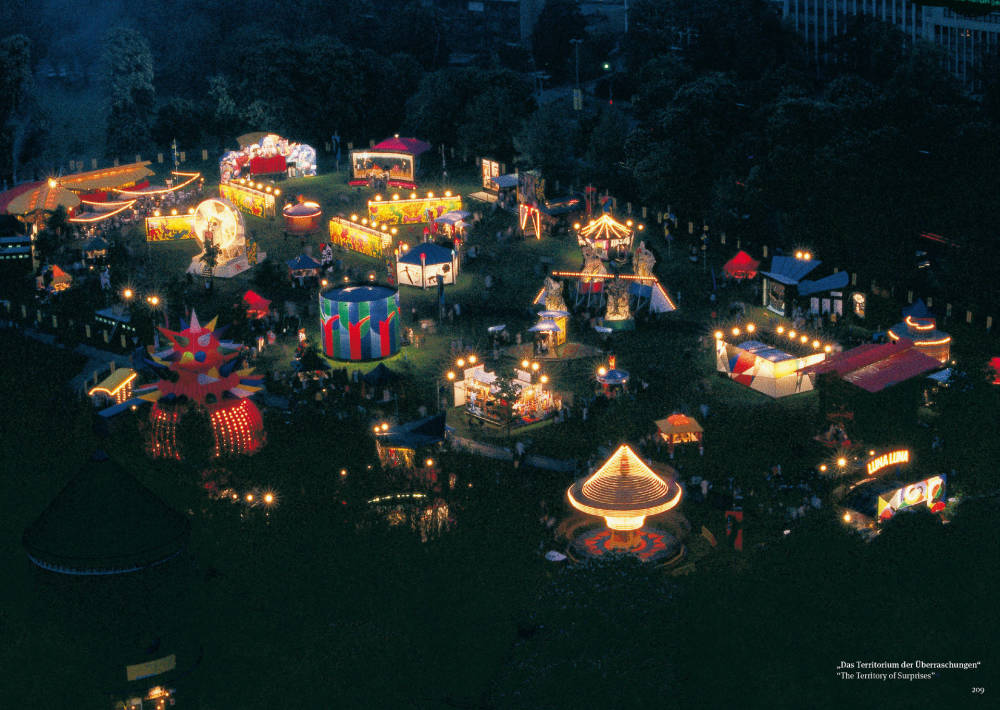
André Heller
Luna Luna, 1985–1987
Unlike any project before it, Luna Luna brought together the era’s most distinguished artists to design unique sculptures and structures, for the collective purpose of creating a traveling territory of fantasy. The original concept, devised by André Heller and the ‘Heller Workshop’, was to develop a transportable city that that could act as an ephemeral museum of sorts; an ode to classic Coney Island, employing contemporary art as a medium for enjoyment.
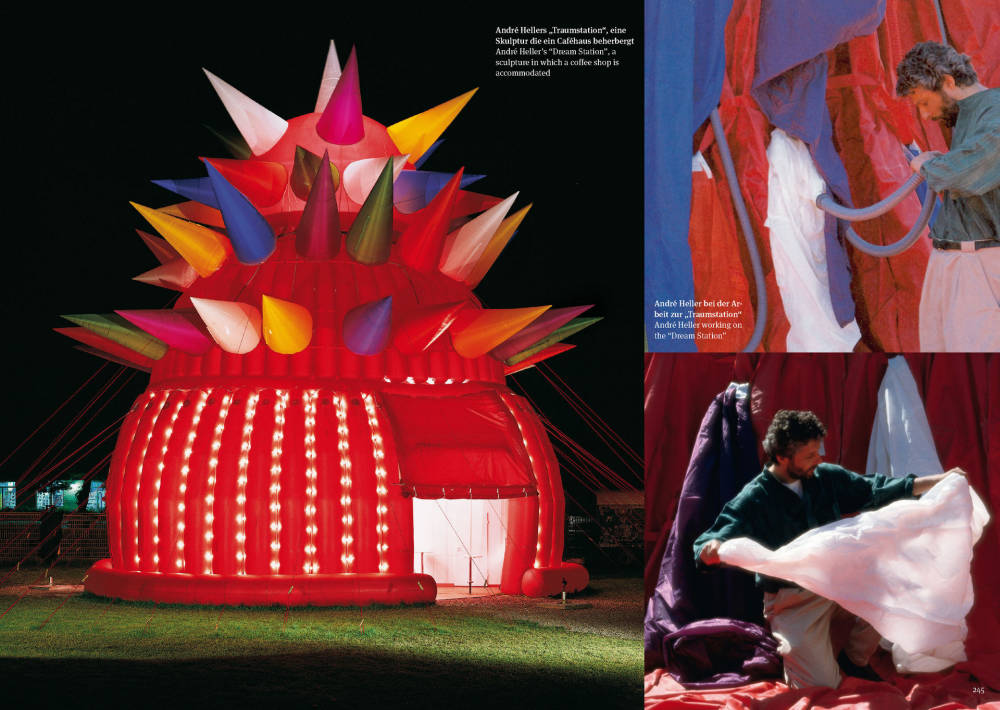
André Heller
Dream Station
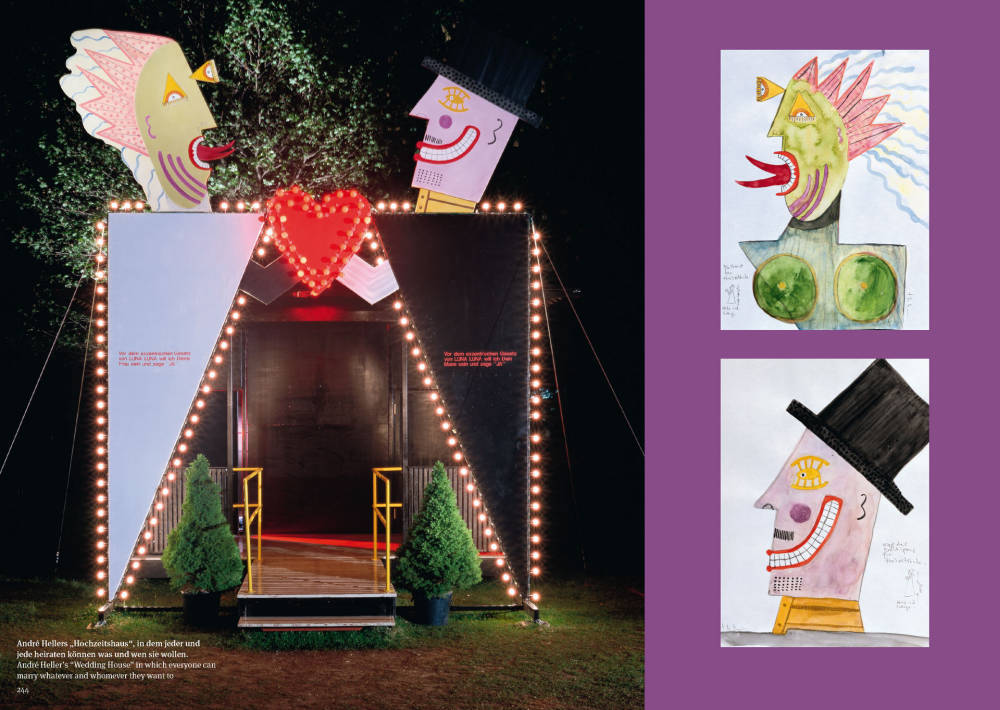
André Heller
Wedding House
Heller invited over 30 artists to design unique fairground attractions, ranging from rides and interactive sculptures, to labyrinths and pavilions. Luna Luna, made possible by a $500,000 grant from a German magazine, included attractions designed by the likes of Keith Haring, Salvador Dali, David Hockney, Roy Lichtenstein, Kenny Scharf, Jean Michel Basquiat, George Baselitz and Joseph Beuys, among countless others.
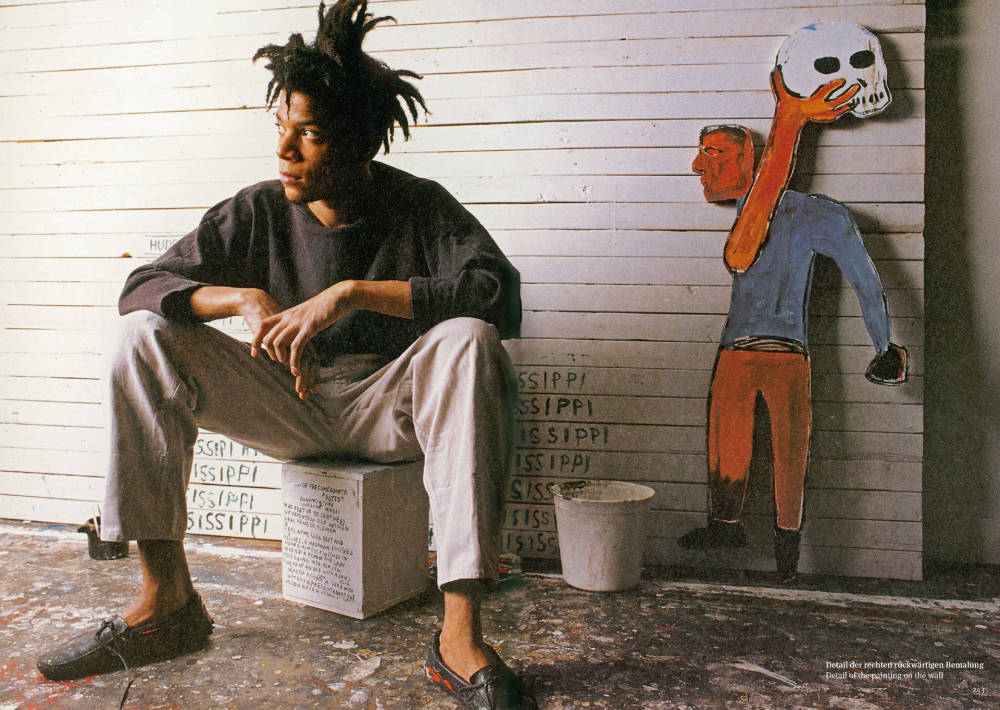
Jean-Michel Basquiat

André Heller and Jean-Michel Basquiat
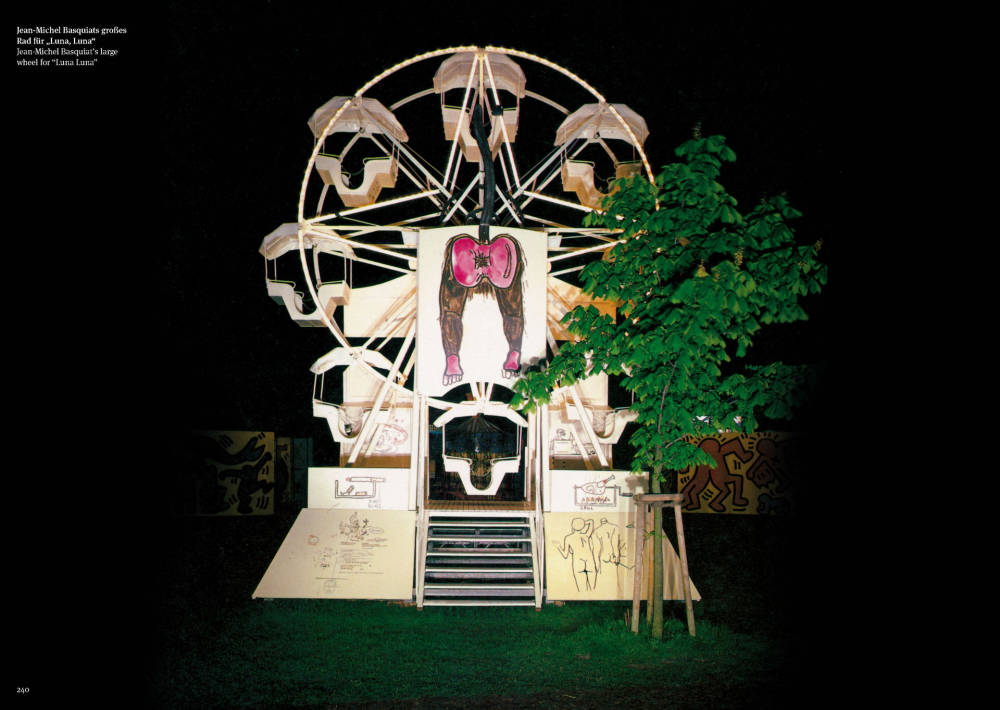
Jean Michel-Basquiat
Large Wheel, "Luna Luna"

David Hockney
"Enchanted Tree"
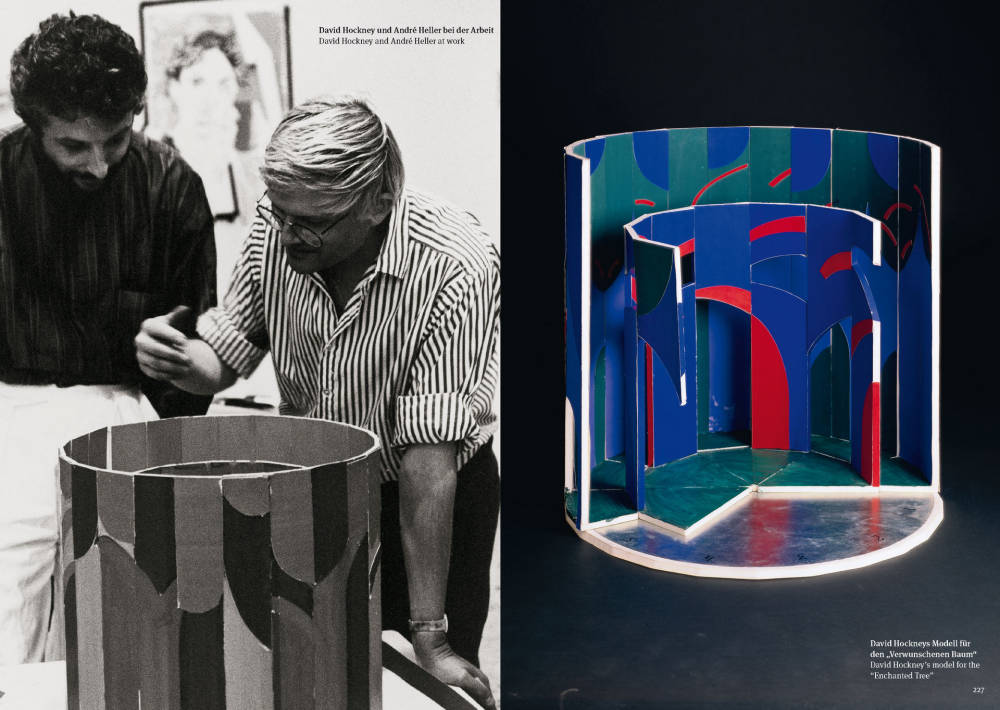
David Hockney
"Enchanted Tree"
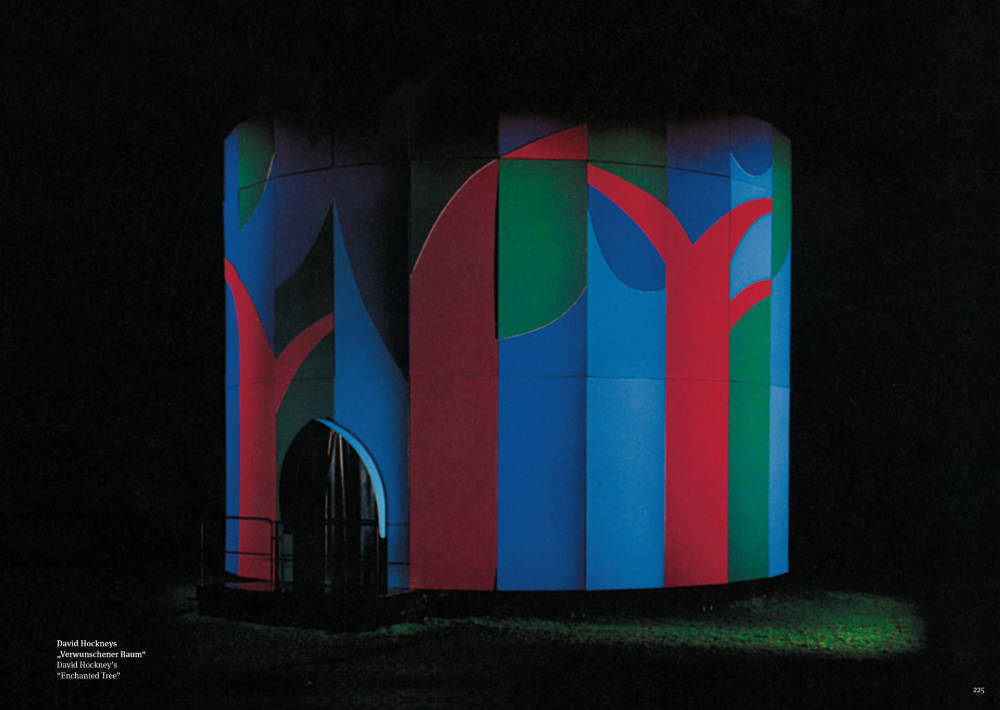
David Hockney
Enchanted Tree
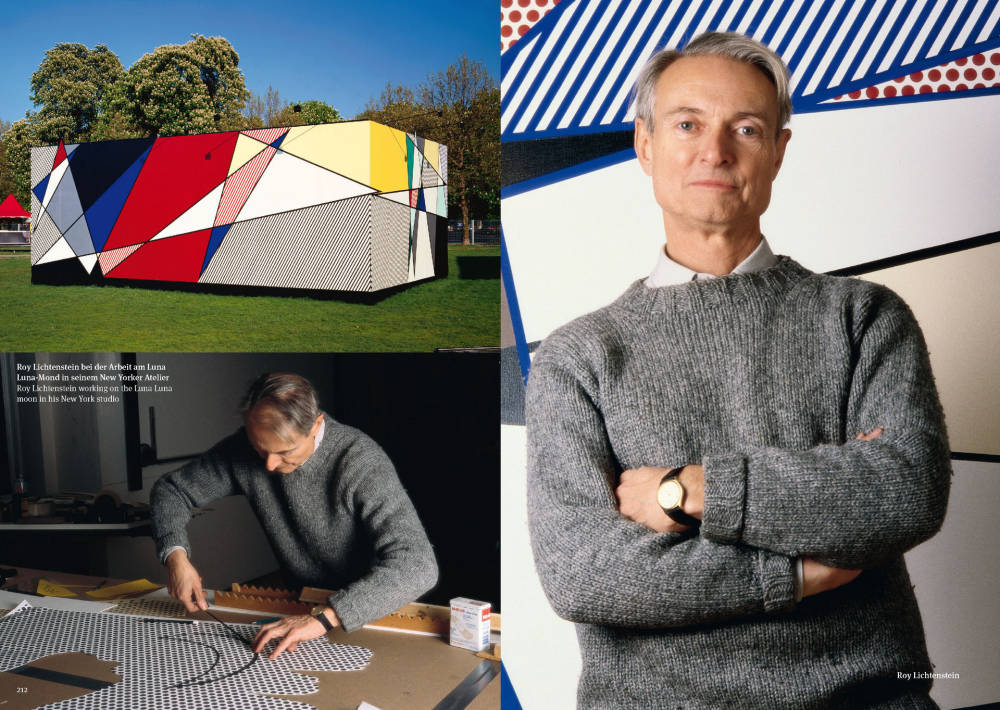
Roy Lichtenstein
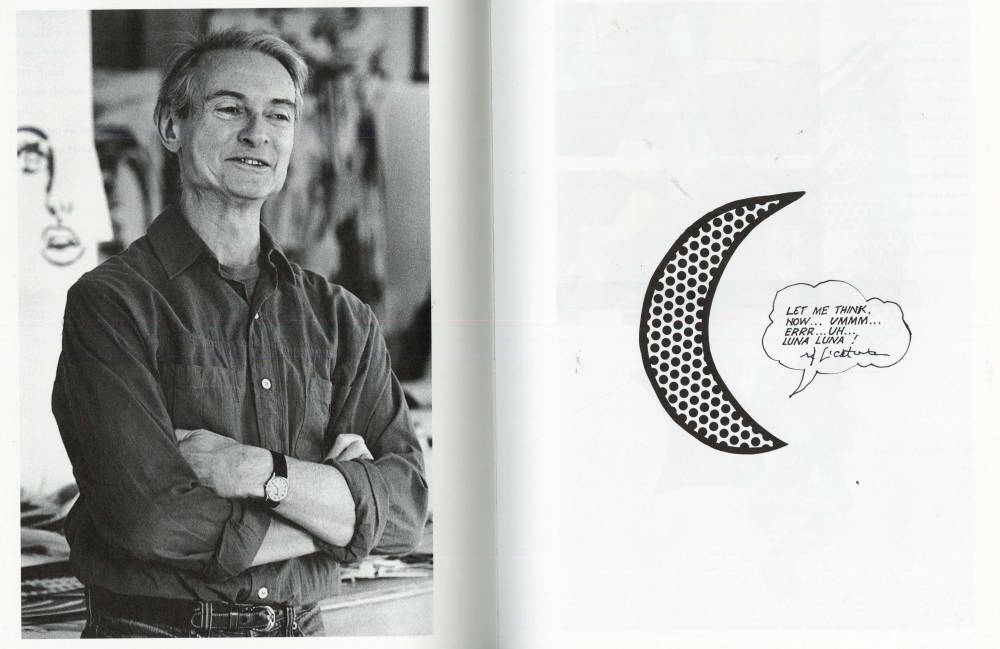
Roy Lichtenstein
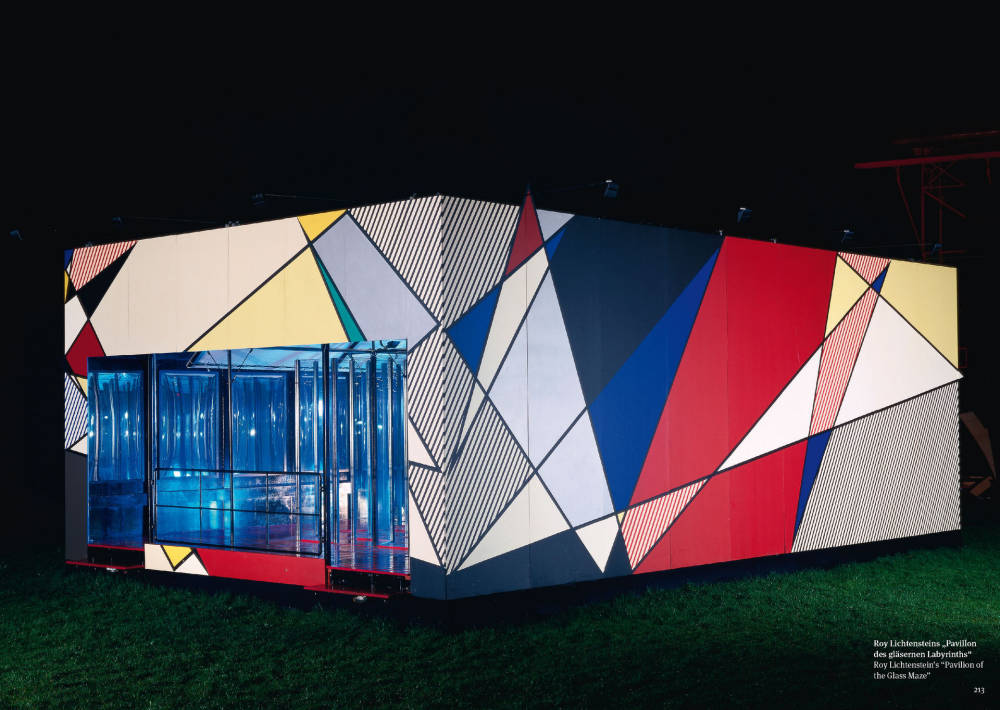
Roy Lichtenstein
"Pavilion of the Glass Maze"
The completed park, considered by many to be a Modern Art Fair, boasted a variety of artistic attractions that rivaled the most acclaimed amusement parks and the best contemporary art museums. Visitors were welcomed through a Sonia Delaunay-designed entrance pavilion, painted with strong colors and geometric shapes, and into a world of artistic fantasy.

Sonia Delaunay and André Heller
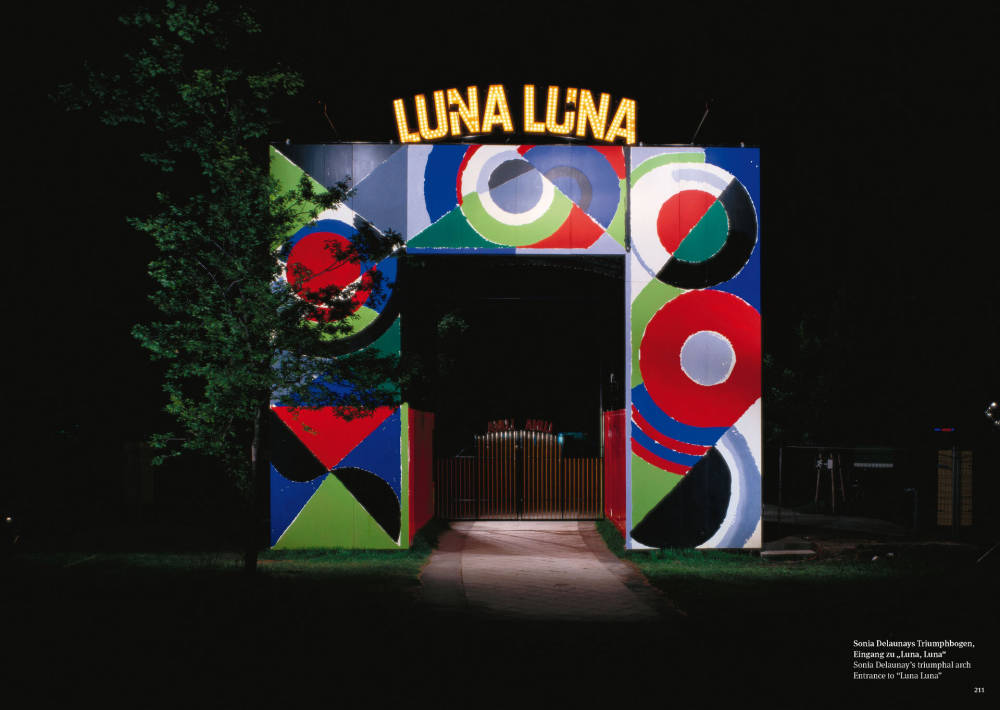
Sonia Delaunay
Entrance to Luna Luna
Once inside, attendees could meander around the park’s grounds scattered with colorful kites and banners by Monika Gilsing, surrounded by jugglers, tightrope walkers and acrobats, while being serenaded by a carefully composed soundtrack of fairground music.
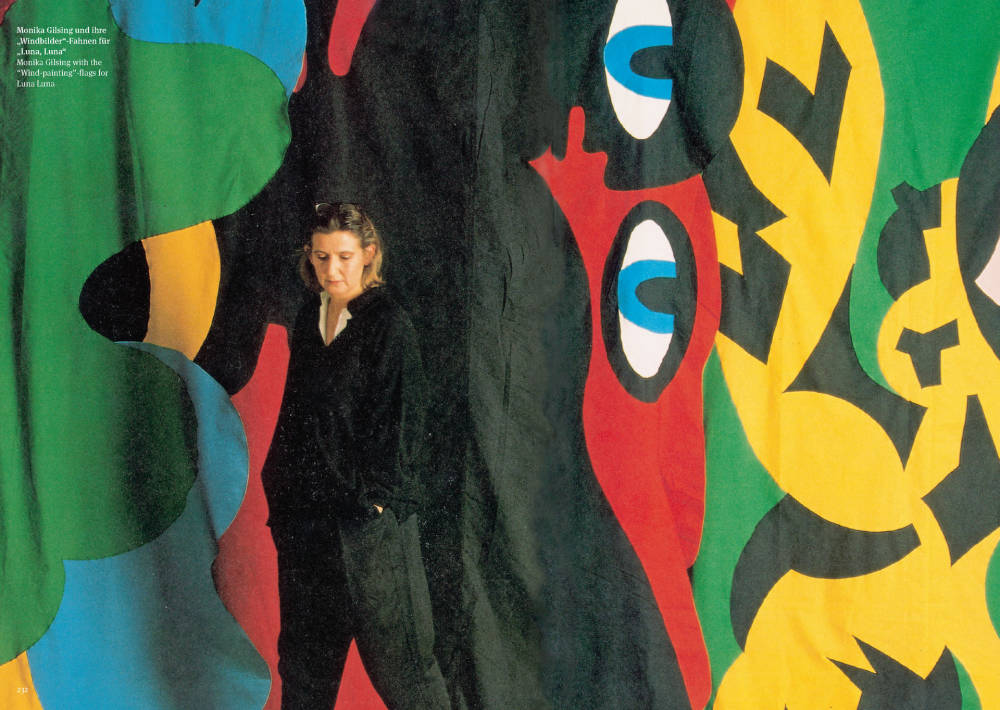
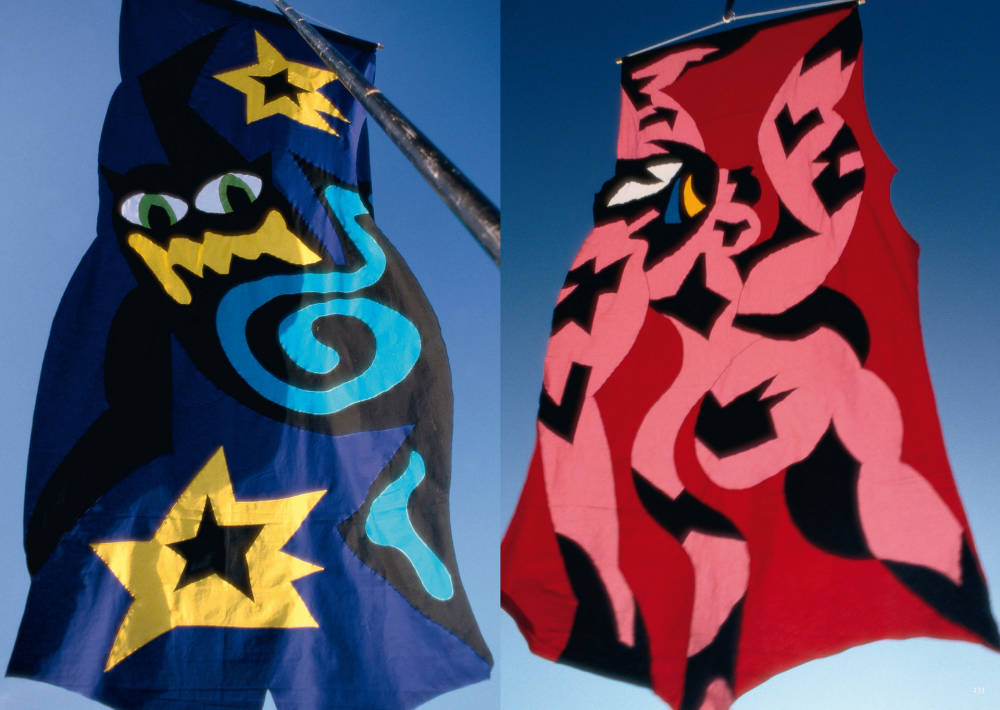
Guests were invited to take a ride on a Keith Haring carousel or a ferris wheel designed by Jean Michel Basquiat, spin around Kenny Scharf’s ‘wheel of fortune’ or wander within Roy Lichtenstein’s boldly colored glass labyrinth.
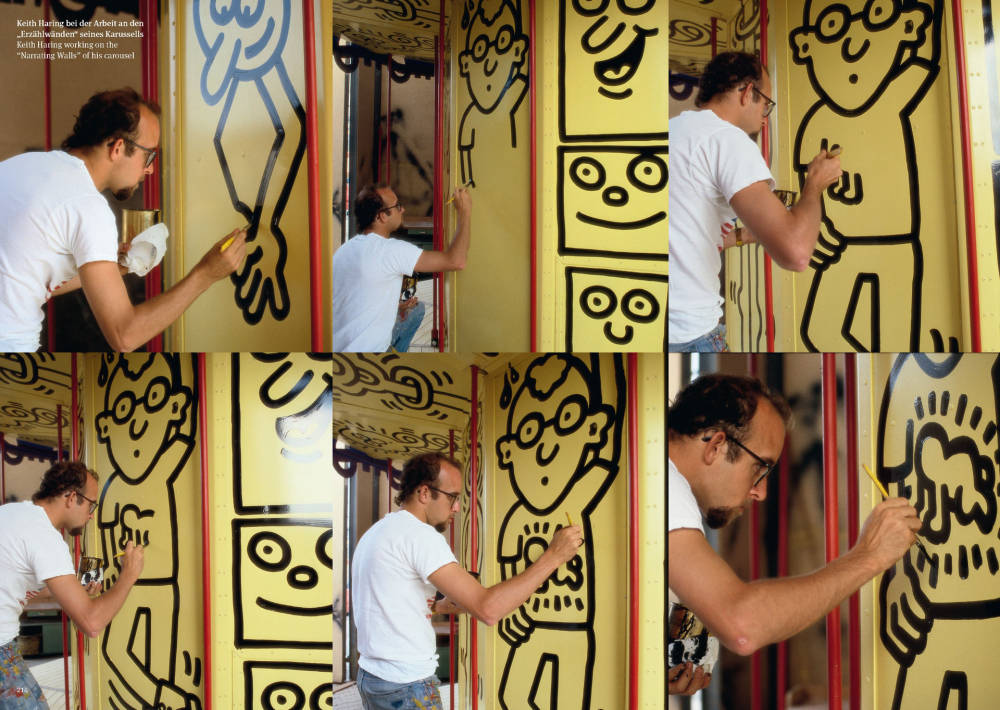
Keith Haring
"Narrating Walls" Carousel
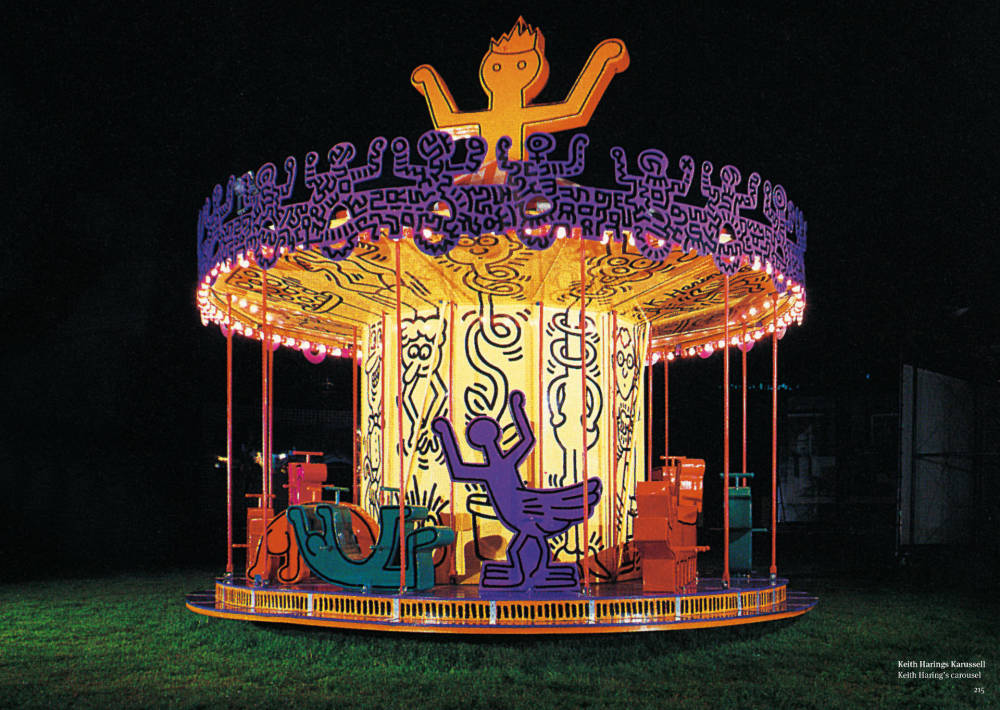
Keith Haring
Carousel
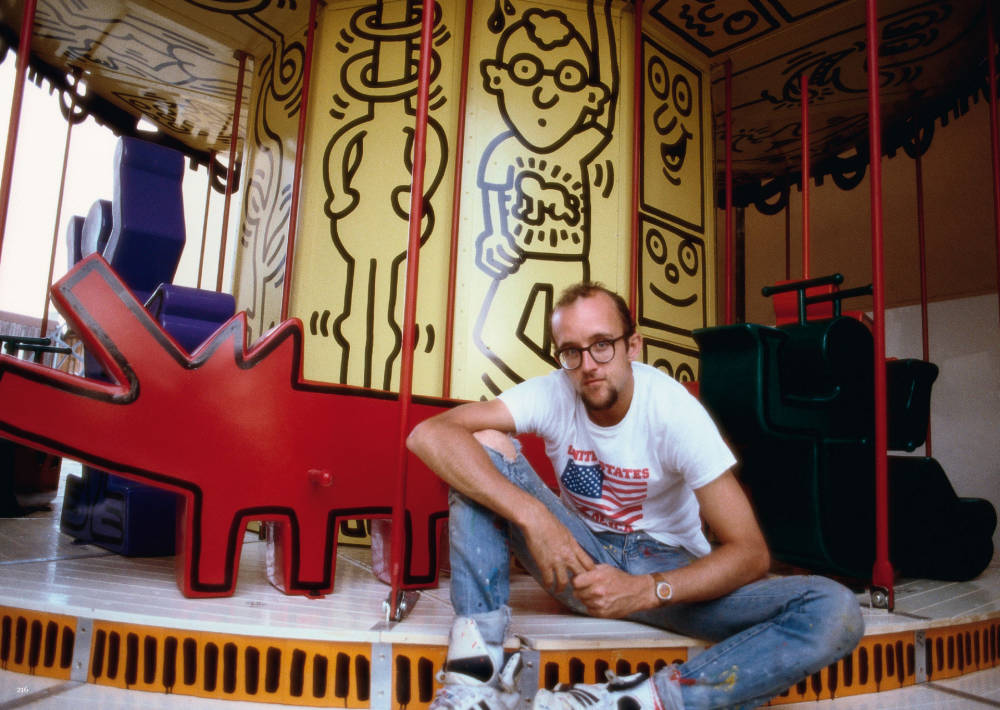
Keith Haring
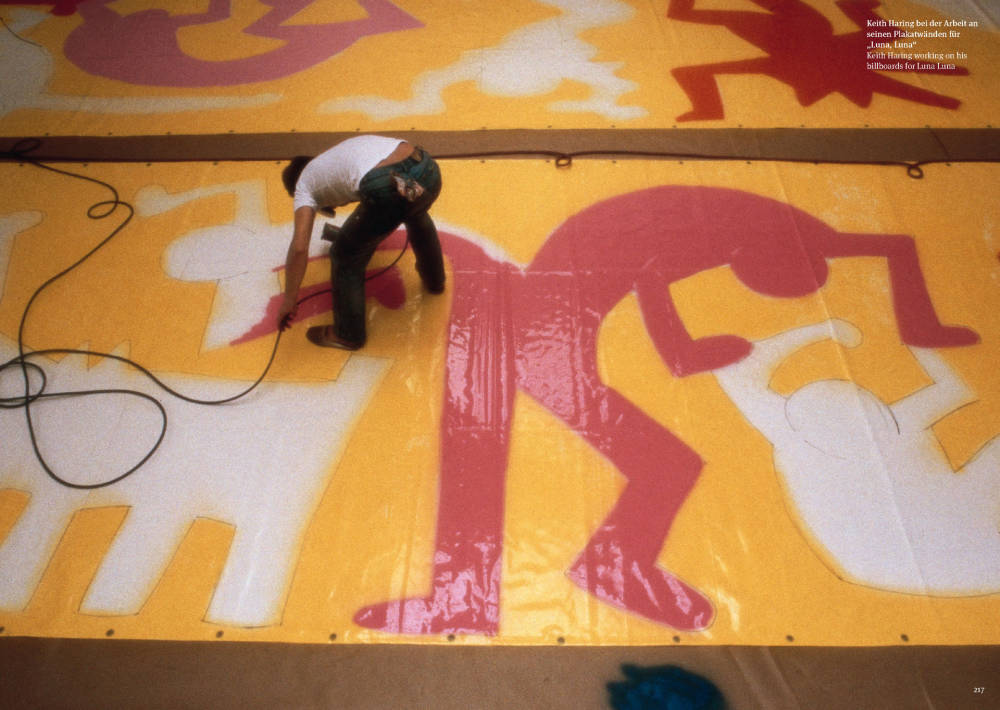
Keith Haring
"Luna Luna" Billboards
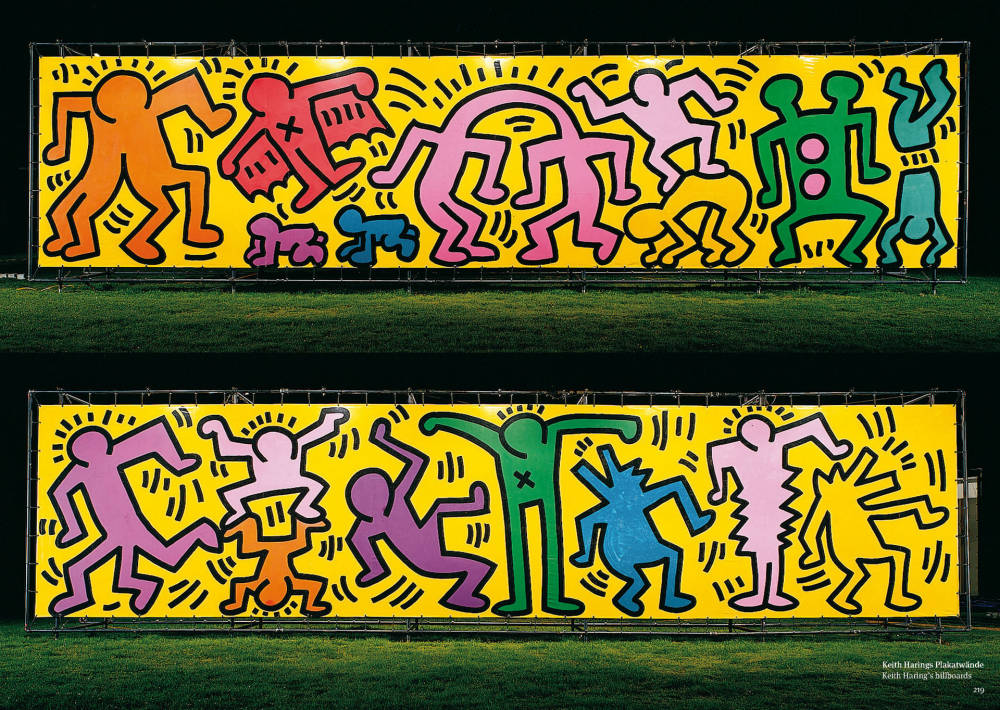
Keith Haring
"Luna Luna" Billboards
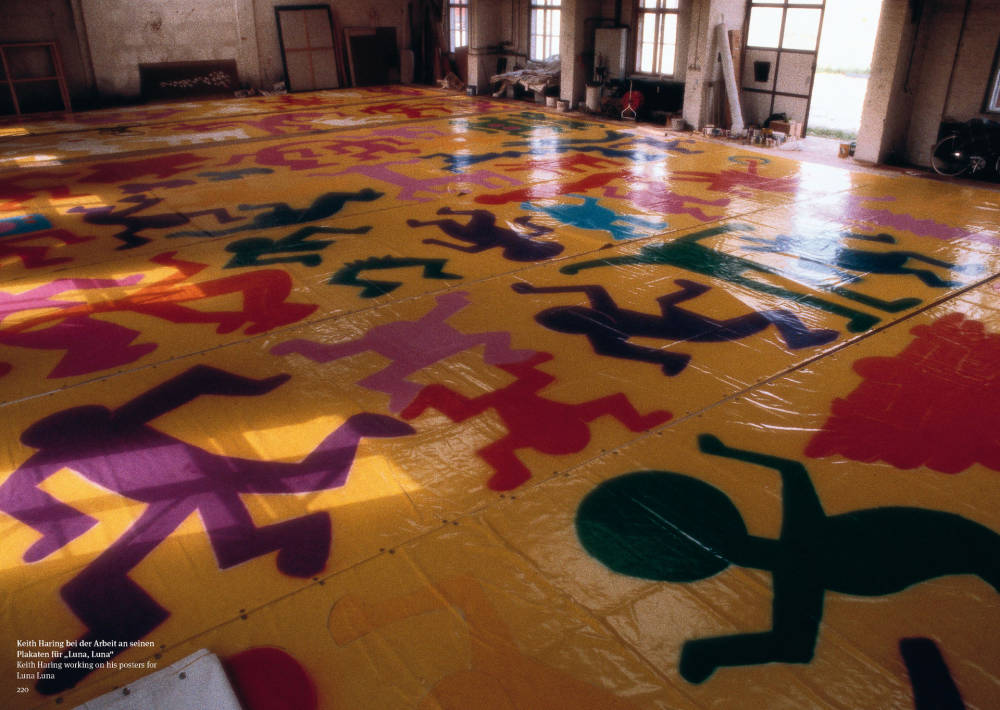
Keith Haring
"Luna Luna" Billboards
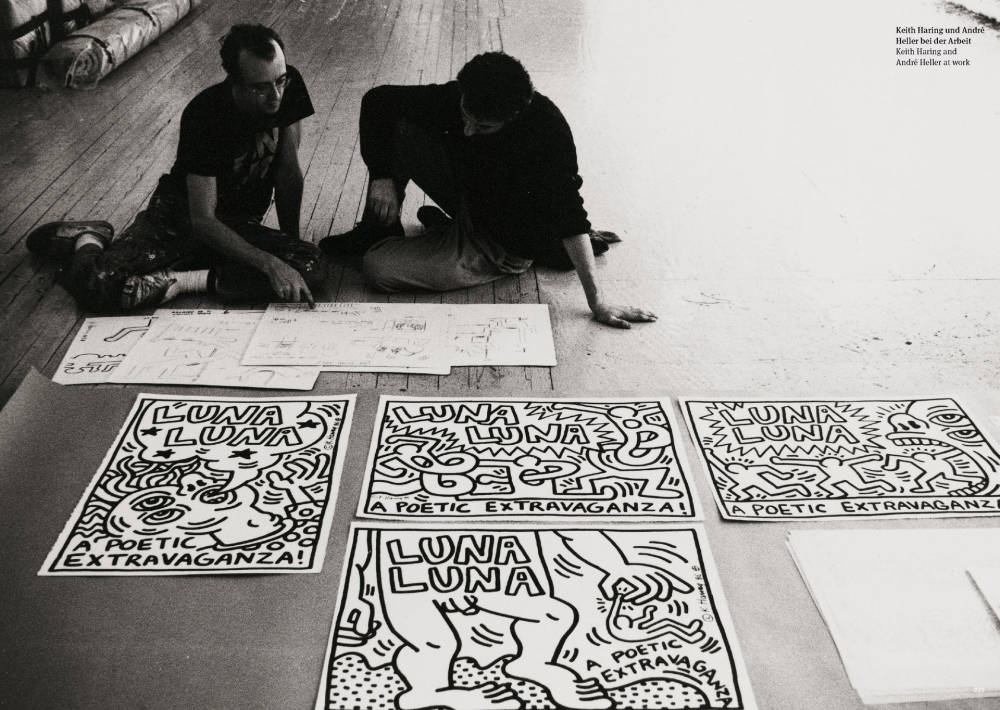
Keith Haring and André Heller
For theatrically inclined folk, David Hockney created a musical ‘enchanted tree’, while British born artist Jim Whiting produced a mechanical theater and Erté, a Russian artist known for his glamorous graphics and costumes, created a mysterious set design.
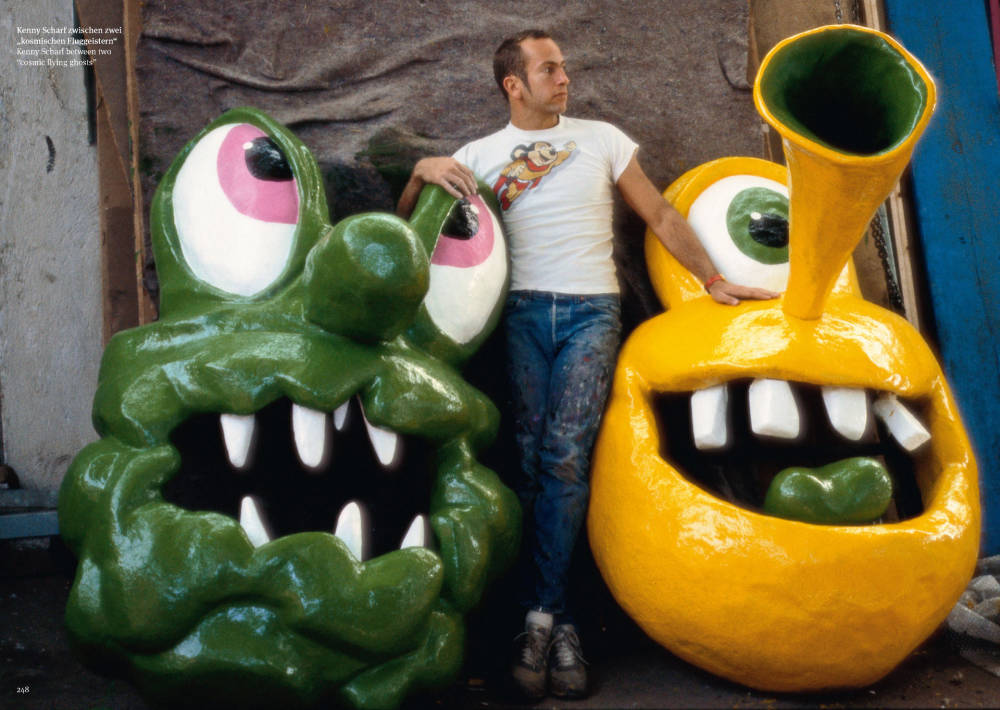
Kenny Scharf
"Cosmic Flying Ghosts"
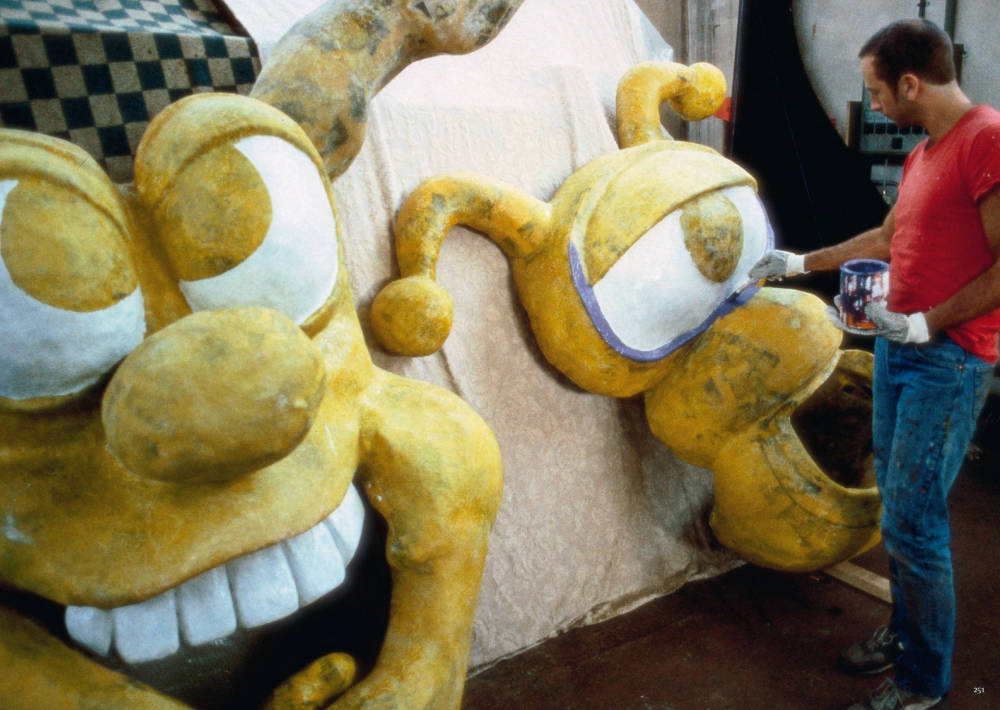
Kenny Scharf
"Cosmic Flying Ghosts"

Kenny Scharf
At work on Carousel
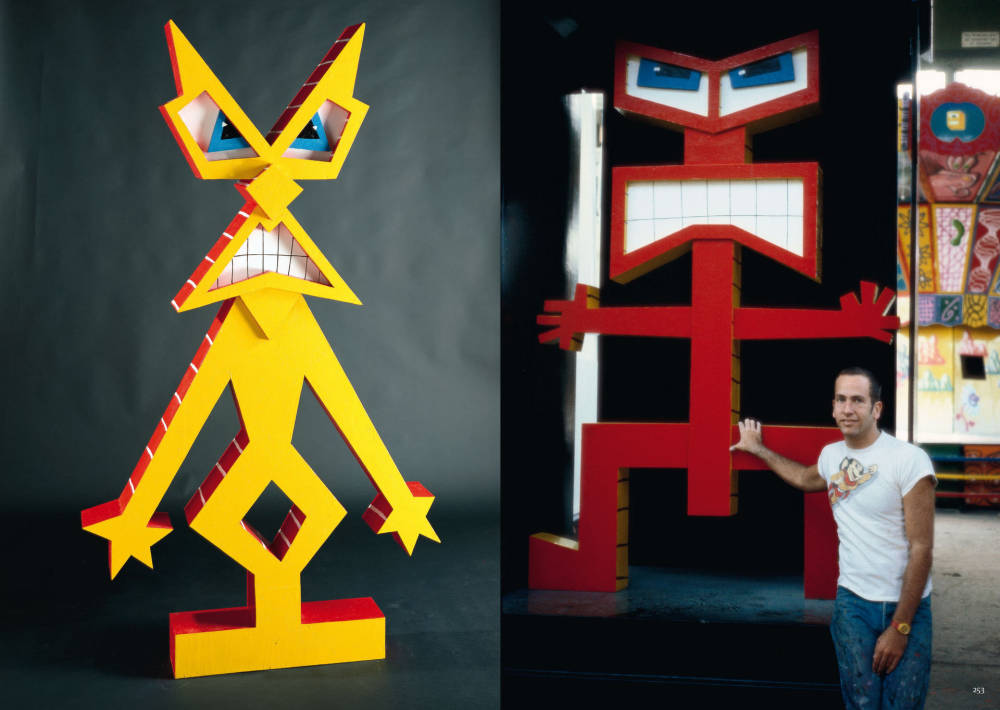
Kenny Scharf
"Sculpture Avenue"
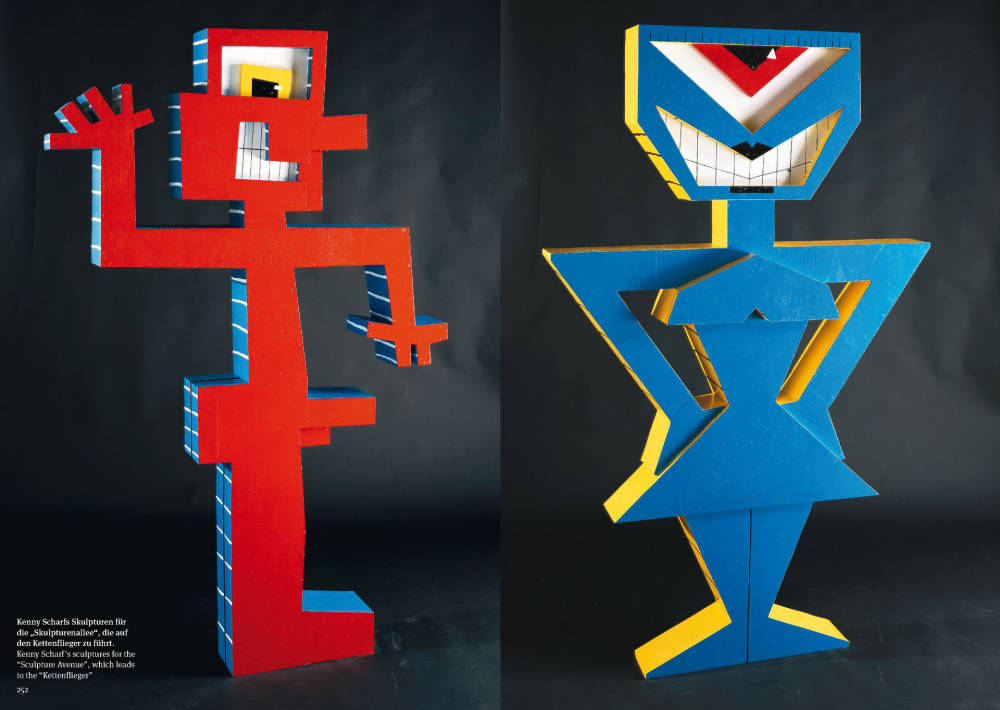
Kenny Scharf
"Sculpture Avenue"
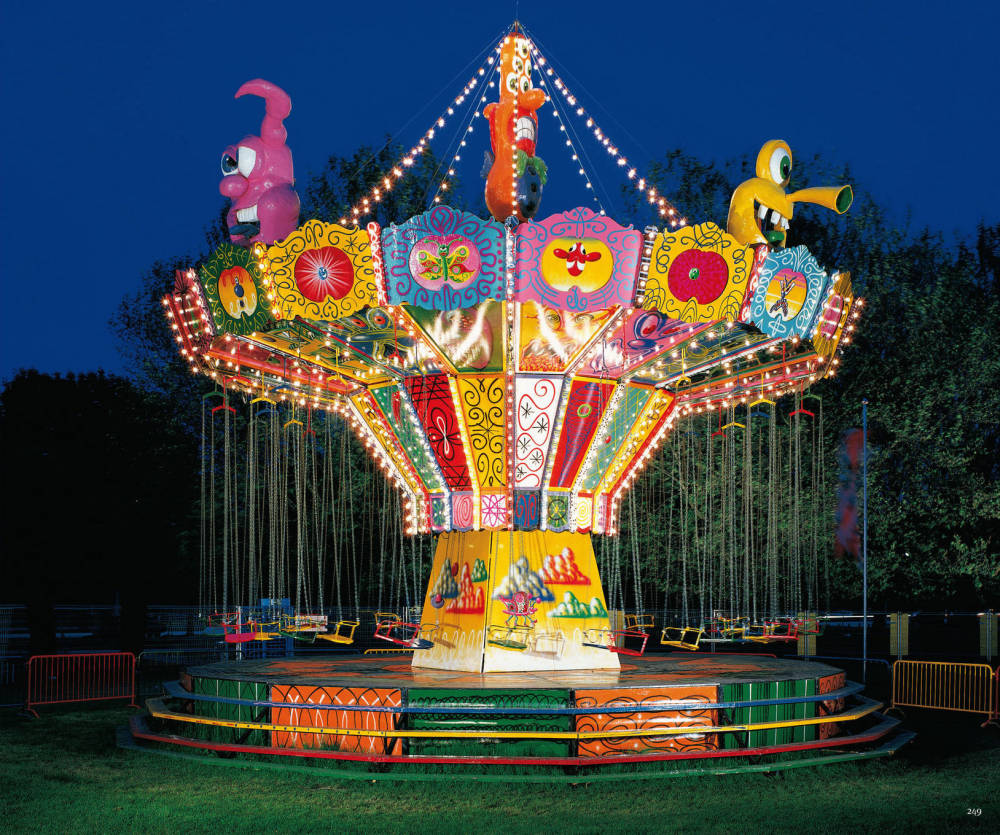
Kenny Scharf
"Kettenflieger"
Individuals looking for a transient experience of artistic wizardry could wander into Salvador Dali’s reflective pavilion or take a walk through Georg Baselitz’s ghostly shadow room, while others could admire a hand painted circus wagon by Austrian outsider artist August Walla, or snap photos behind Hubert Aratym’s dramatic cutouts.
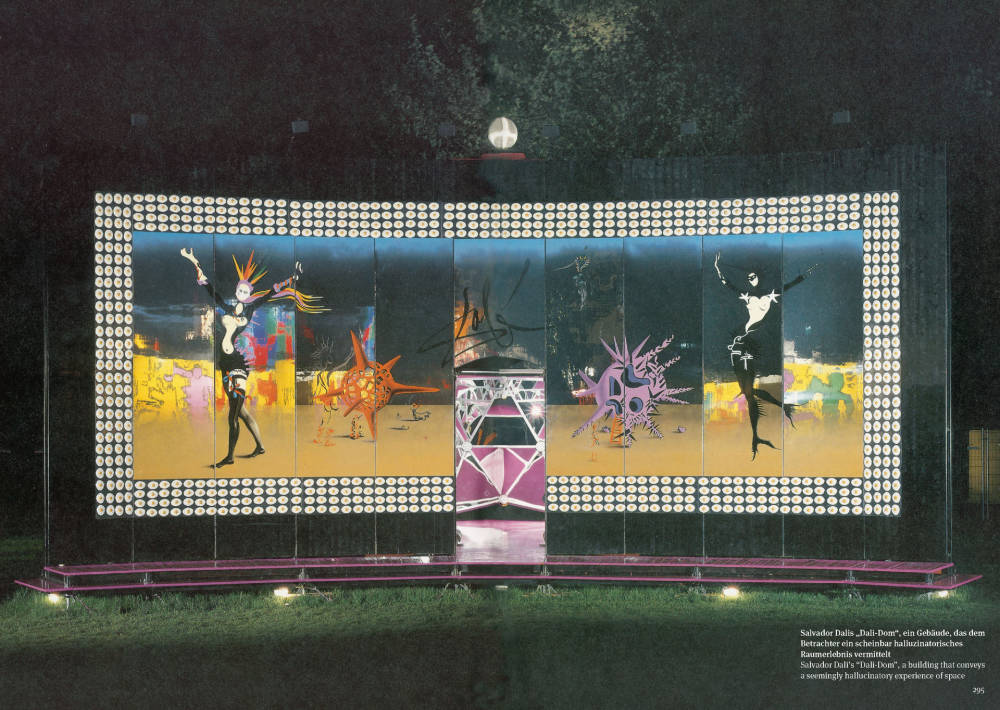
Salvador Dali
"Dali Dom"

Salvador Dali
At Work
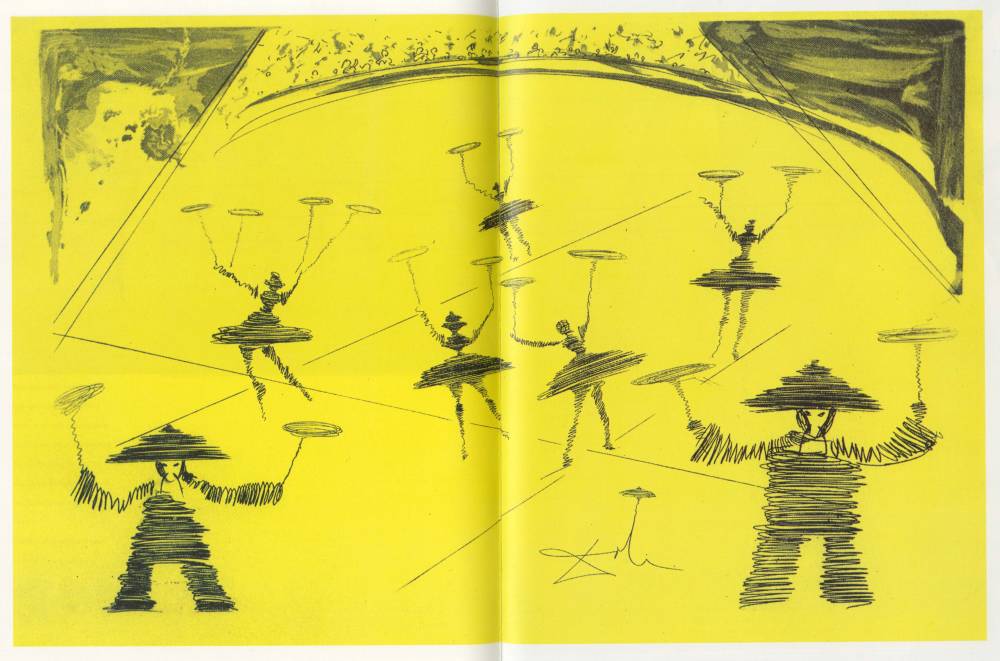
Salvador Dali
"Luna Luna"

Jim Whiting

Jim Whiting
Luna Luna
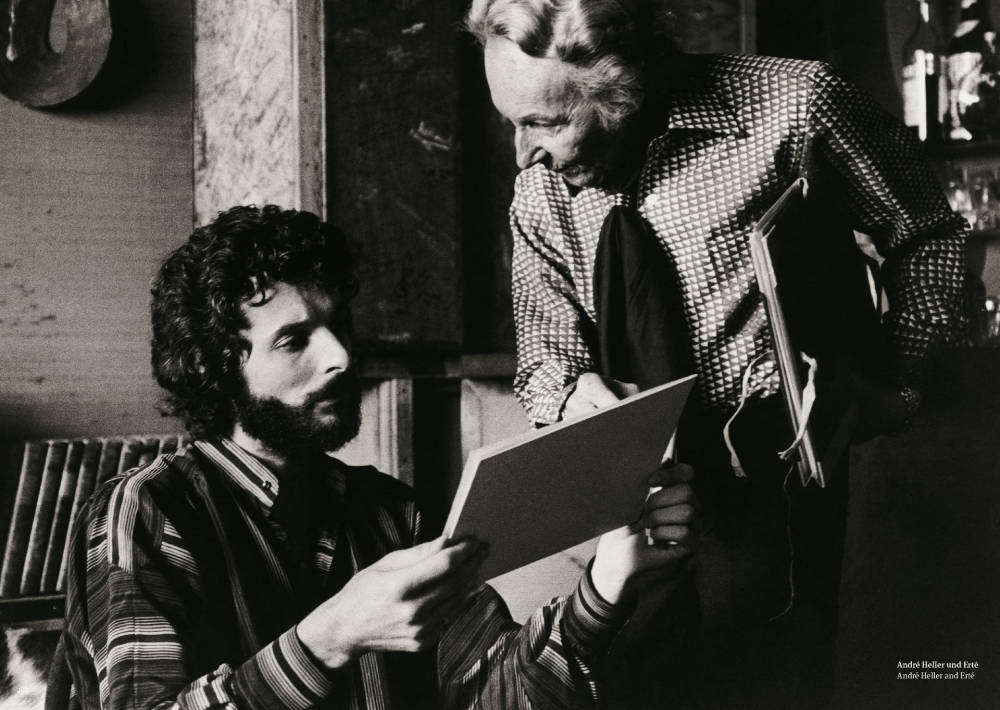
André Heller and Erté
The show itself began in Hamburg, Germany in 1987, and was sited to travel to the Netherlands and the United States shortly after. Despite Heller’s grand plans for the project’s impressive roster of participating artists, the show was displayed only once, never making it further than Hamburg. While few individuals had the pleasure of experiencing the genius of Luna Luna firsthand, the fair is survived merely through images today and remains largely unknown. Here is to hoping the project is one day revived, so the world can once again bask in the collective creativity of Heller and his collaborators.
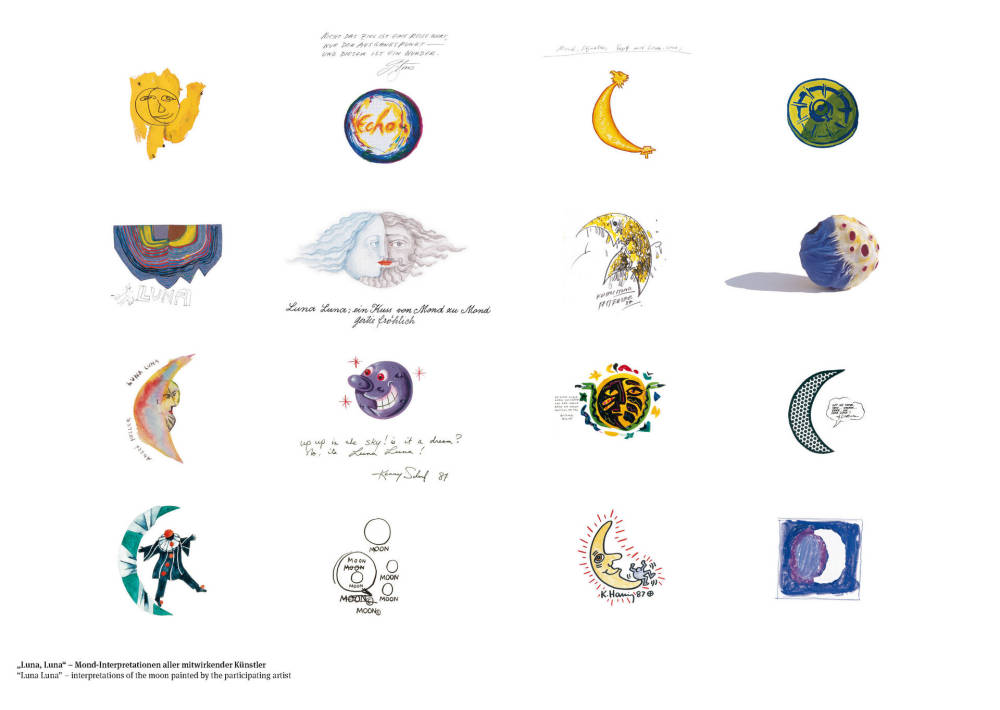
Luna Luna
